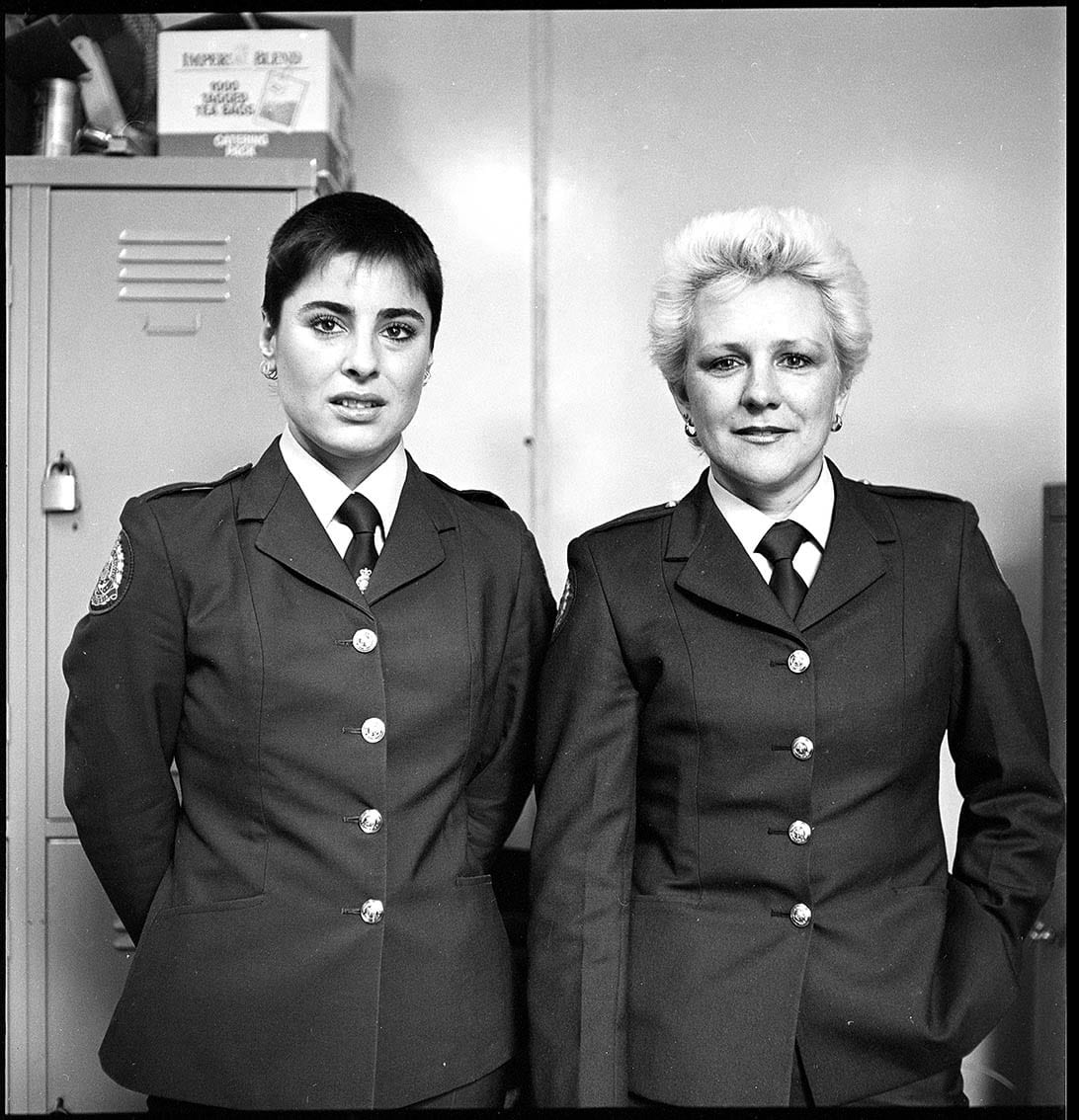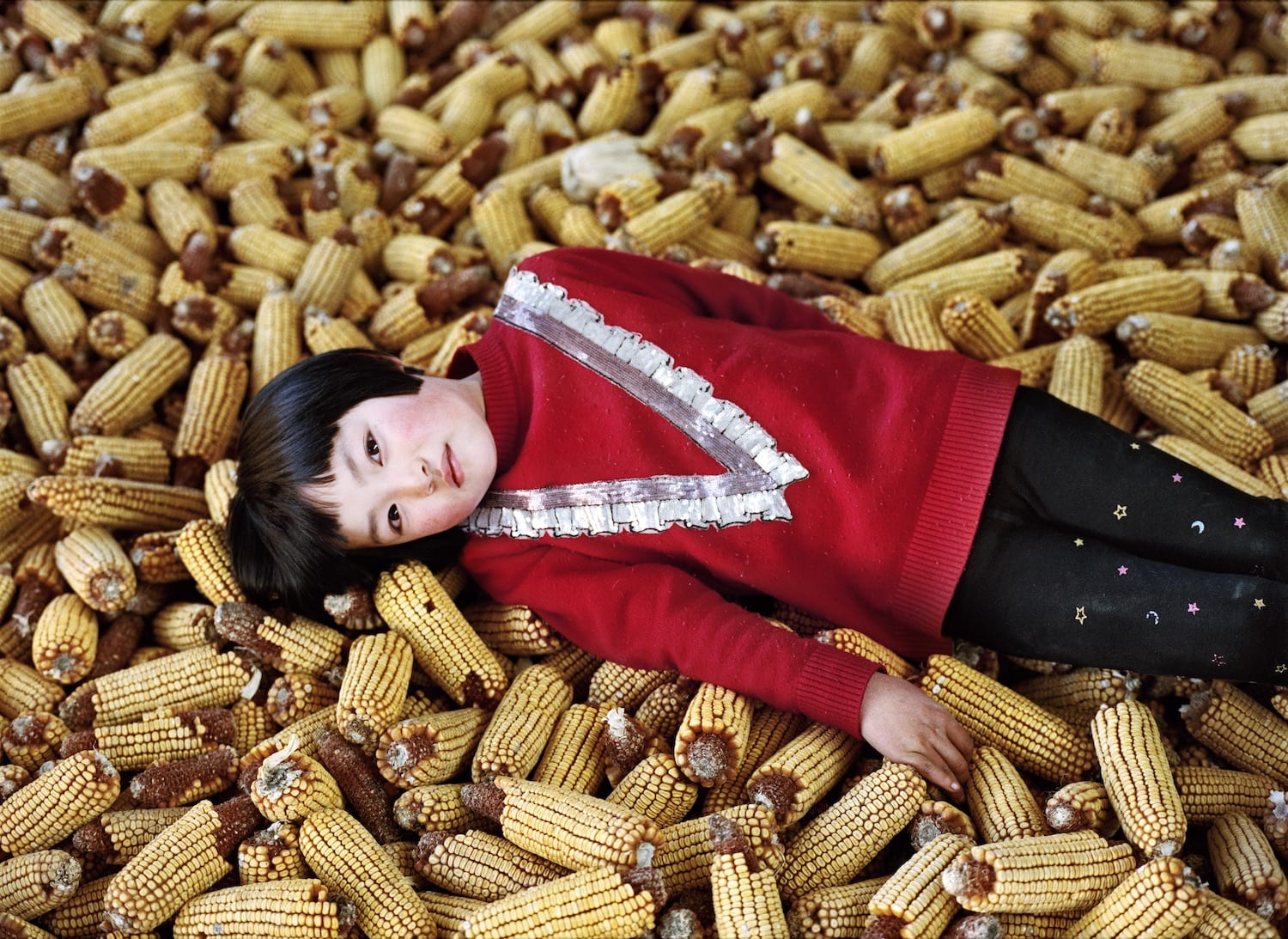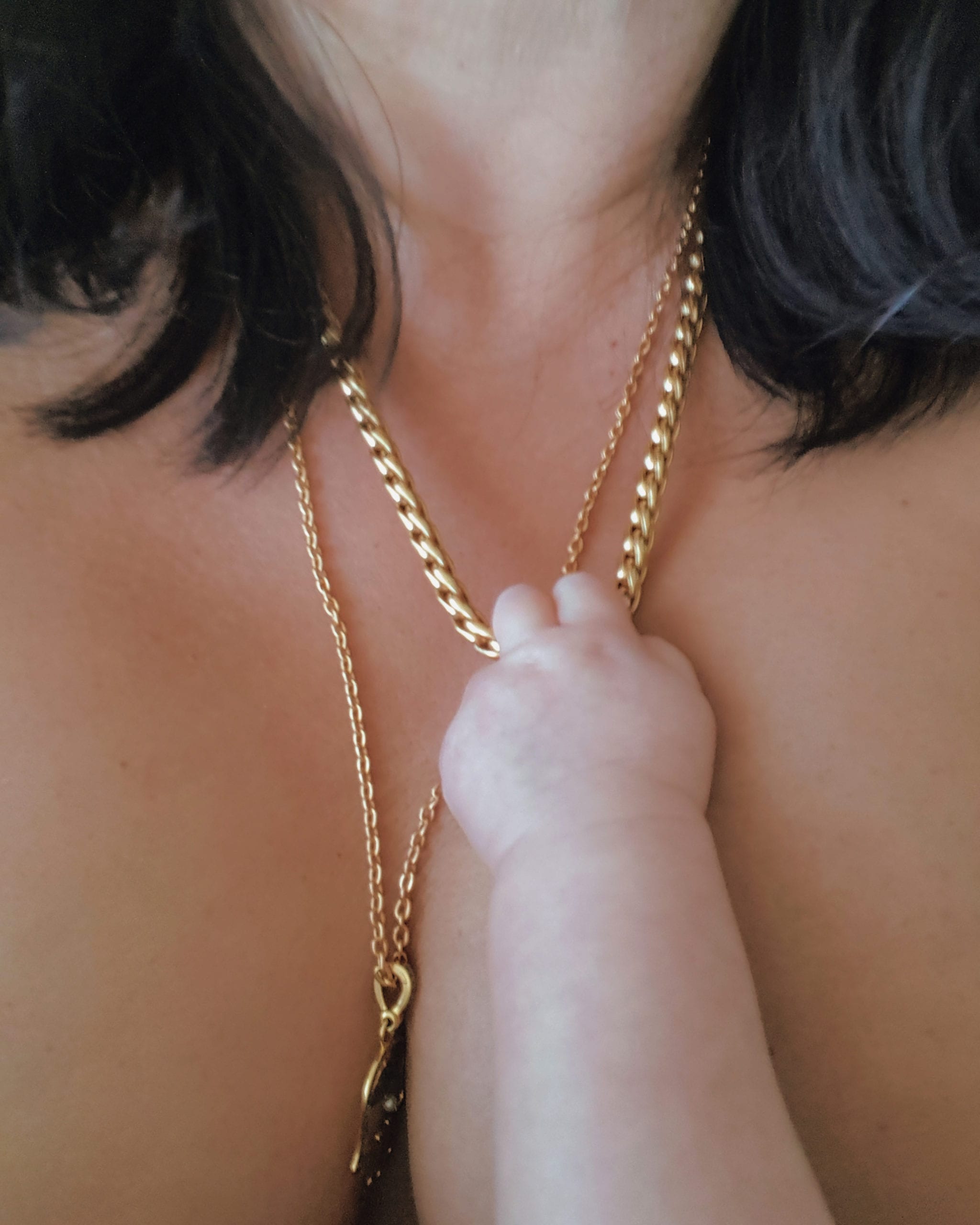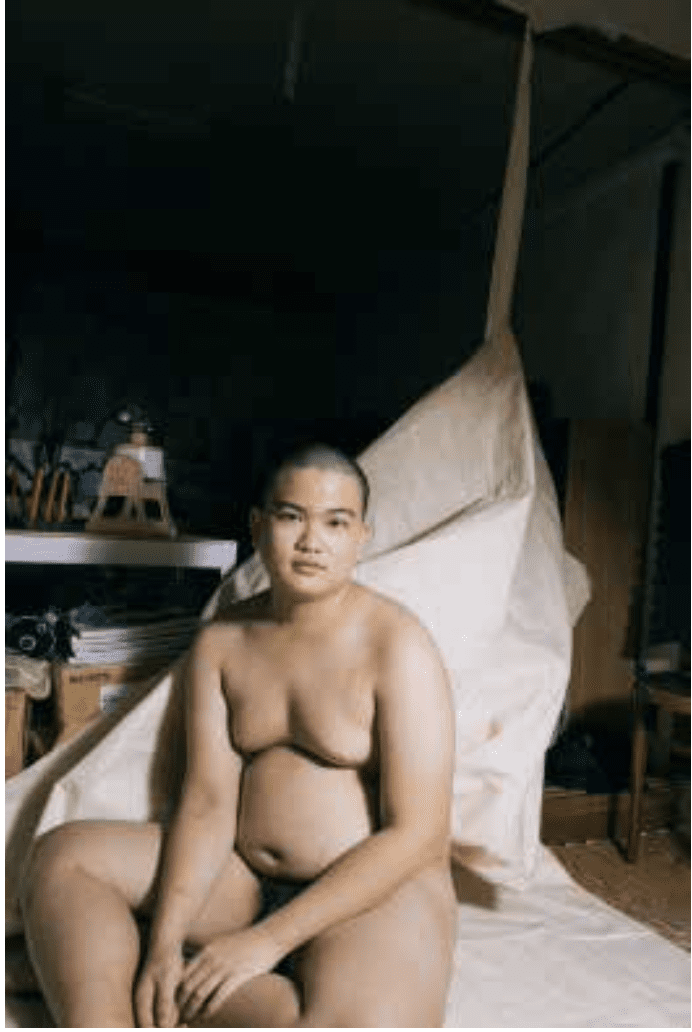This article was printed in the Then & Now issue of British Journal of Photography magazine, available for purchase through the BJP Shop or delivered direct to you with an 1854 Subscription.
As the Australian city slowly emerges from a challenging year, educator, writer, curator, publisher and photographer Daniel Boetker-Smith introduces us to the photography landscape of Victoria’s capital
Perennially competing with the city of Sydney, Melbourne (also known as Naarm; the Kulin Nation’s Indigenous place name for the area in which the city sits) has historically left commercial and fashion photography to its northern cousin. Instead, the city is host to the edgier, more political and conceptual sides of the medium.
The inner parts of Melbourne have a distinctly European feel, replete with Parisian arcades and laneways. Each winter, months of grey and rainy weather create the perfect environment for a thriving intellectual, art and photography ecosystem. A host of major galleries, including the National Gallery of Victoria (180 St Kilda Road, Melbourne 3006) and Ian Potter Museum of Art (Swanston Street, Parkville 3010) regularly exhibit photographic work, while dedicated photo museums and institutions, such as Monash Gallery of Art (860 Ferntree Gully Road, Wheelers Hill 3150) and the Centre for Contemporary Photography (404 George Street, Fitzroy 3065), lead the way in new photography from Australia and overseas. Alongside these, a plethora of smaller, independent, artist-run galleries and collectives also exhibit photographic work from emerging and lesser-known artists. Even the State Library Victoria, situated in the middle of the city, has, via a wise librarian, an excellent collection of rare and self-published photobooks.
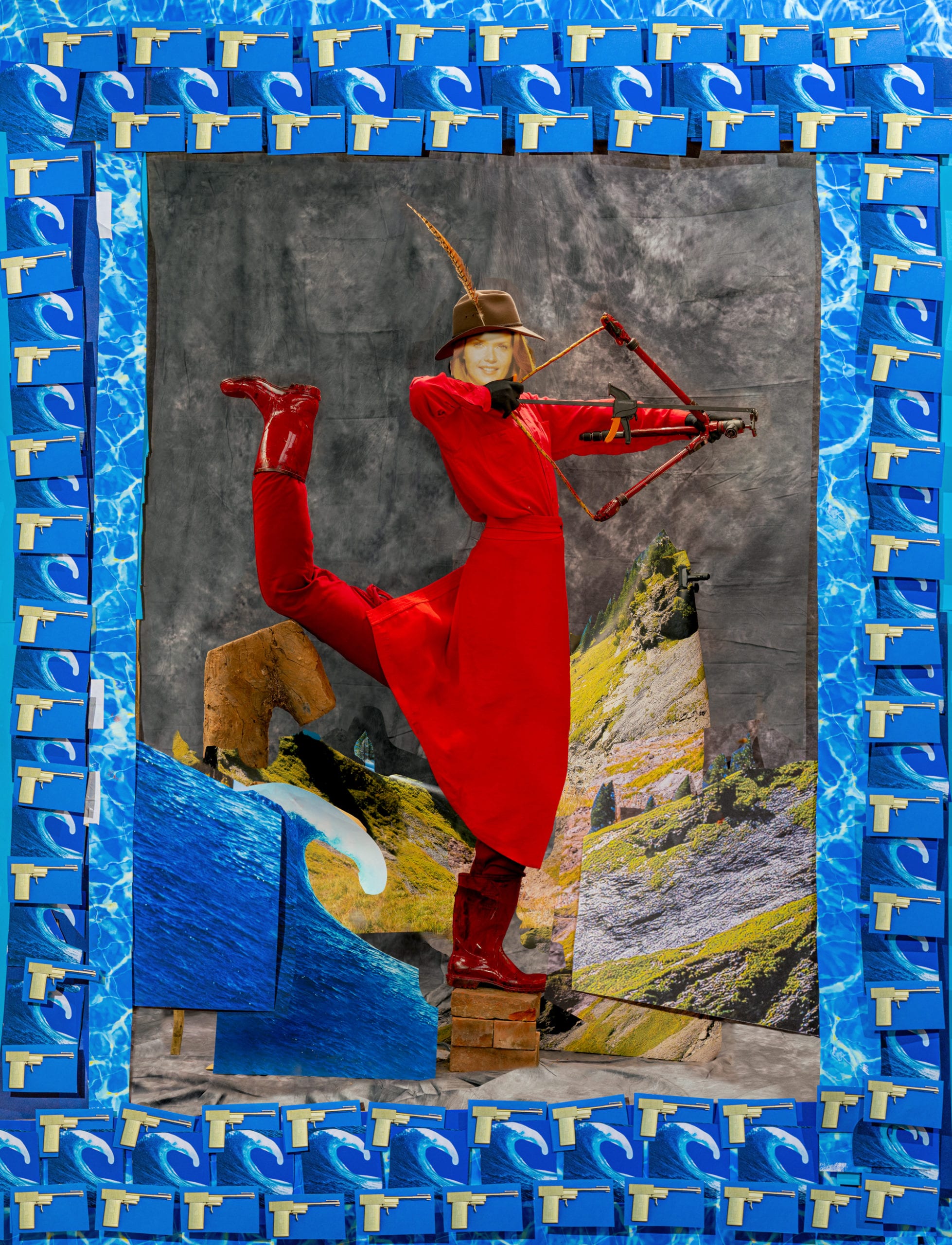
International readers may be familiar with an older generation of established Melbourne photographers, such as Bill Henson, and the late Polixeni Papapetrou. But a wealth of contemporary practitioners have also emerged across the city: Christian Thompson, Honey Long and Prue Stent, Sarah Pannell, Hoda Afshar, Zoë Croggon, Katrin Koenning, Kristian Häggblom, Hayley Millar- Baker, Clare Rae, David Rosetzky, and Atong Atem, to name but a few.
The scene in Melbourne is unavoidably influenced by the US and European photography markets, particularly via photobook publishing, but photographers also look to centres in the Asia-Pacific region for inspiration. Kuala Lumpur, Dhaka, Jakarta, Singapore, Kathmandu, Siem Reap and Tokyo are becoming important hubs for photography in their own right.
After seeing through a lockdown that was, at the time, one of the longest and most stringent and psychologically draining in the world, Melbourne’s photography community hopes and plans for endeavours to restart and re-engage in 2021. Throughout lockdown, gallery installations sat closed for months on end; photography students Zoomed into almost one full year of online classes; and, apart from a few photojournalists, most photographers sat at home waiting and biding their time.
For some, the shift to online meant tapping into a global (virtual) community, and photobook sales have become more remote for the time being. So as Photo 2021 Festival finally opens in February, renamed after Covid-19 postponed the event from its original dates in 2020, it’s time to shed light on the photography community of the city.
Photo 2021 – Melbourne and beyond
18 February – 07 March 2021
photo.org.au / mga.org.au
Initially scheduled for 2020, but postponed by Covid-19, Australia’s largest photographic event finally opens on 18 February, exploring the theme of The Truth through exhibitions, outdoor displays and newly commissioned work from local and international artists.
The festival rightly acknowledges the Boon Wurrung and Wurundjeri people of the Kulin Nation as Melbourne’s first people. And several of the exhibitions delve into the histories and present-day realities of Indigenous Australians. A retrospective of Australian
artist Destiny Deacon, for instance, reveals the discordance between real and imagined representations of Australian Aboriginal life.
Elsewhere, newly commissioned work by Gunditjmara woman and Melbourne-based artist Hayley Millar-Baker, I Will Survive [left], is on show across multiple venues. The series draws on cautionary tales, myths and ghost stories from Millar-Baker’s childhood to explore how past experiences continue to shape the present.
One of the festival’s headline exhibitions, Not Standing Still: New Approaches in Documentary Photography (until 16 May 2021), occupies Monash Gallery of Art, established in 1990 to promote and collect Australian photography. Curated by Pippa Milne, Gareth Syvret and myself, the show asks ‘how has documentary photography evolved and how can it work differently in 2021?’. It endeavours to explore this through the work of international photographers and Australian practitioners, who collectively provide a sense of the innovative processes and transformative approaches that mean documentary photography may no longer be accused of standing still.
The ongoing work of Australian photographer Raphaela Rosella, for instance, challenges contemporary narratives of victimhood, poverty and oppression; a collaborative effort to highlight invisible stories of trauma, bureaucratic violence and motherhood in
her community.
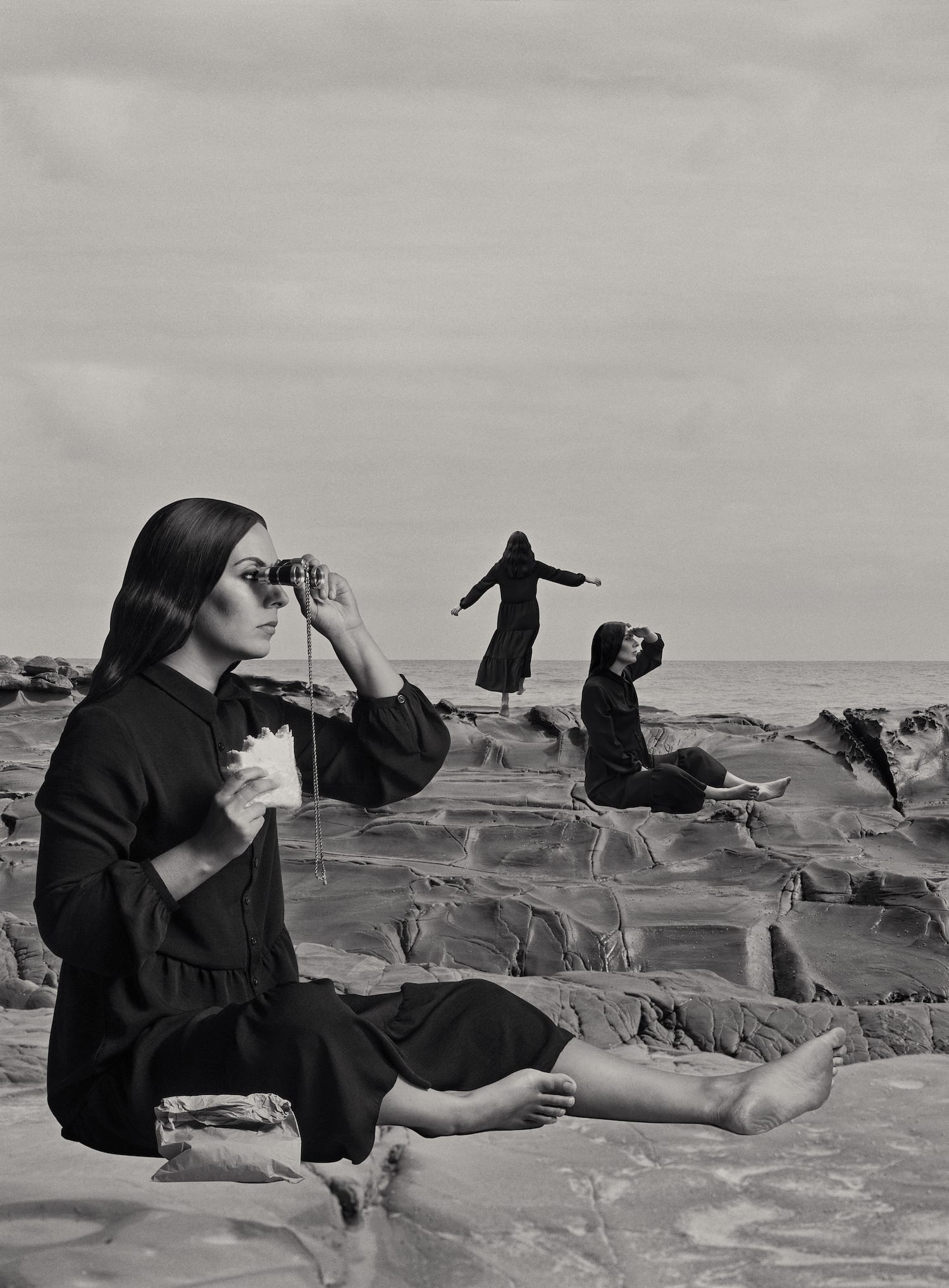
Hillvale
16 Black Street Brunswick Victoria 3056
hillvale.com.au
The Brunswick area is filled with student shared-housing, studios and artist-run galleries. Tucked away in a garage in the back streets of the bustling district sits the photographic lab Hillvale. Two young analogue-film enthusiasts, Andy Johnson and Jason Hamilton, set up the lab in 2012 with just one machine repurposed for processing film for close friends. It has since grown into one of Melbourne’s most active photographic communities.
“We started with a broken- down film-processing machine that a lab in a small country town was disposing of because it was ending the analogue side of its business. Andy and I rescued it and learned how to rebuild it and run it,” says Hamilton.
Today, Hillvale has installed dozens of dropboxes in stores, bars and cafes across Melbourne. Rolls of film can be deposited into these and are then collected for processing by the growing Hillvale team, which now includes several notable photographers, such as Anne Moffat, Clare Steele and Sarah Pannell.
Hillvale’s success has led to further initiatives, such as the production of their own-brand line of 35mm film, and the curation of exhibitions in their newly established nearby gallery space, including one celebrating analogue film, the highlight of which was a single solid cube composed of 50,000 film canisters crushed into a block. There are also photobook publications, and the Flat Film Archive – a collection of used film canisters from across the world, many of which are no longer in production.
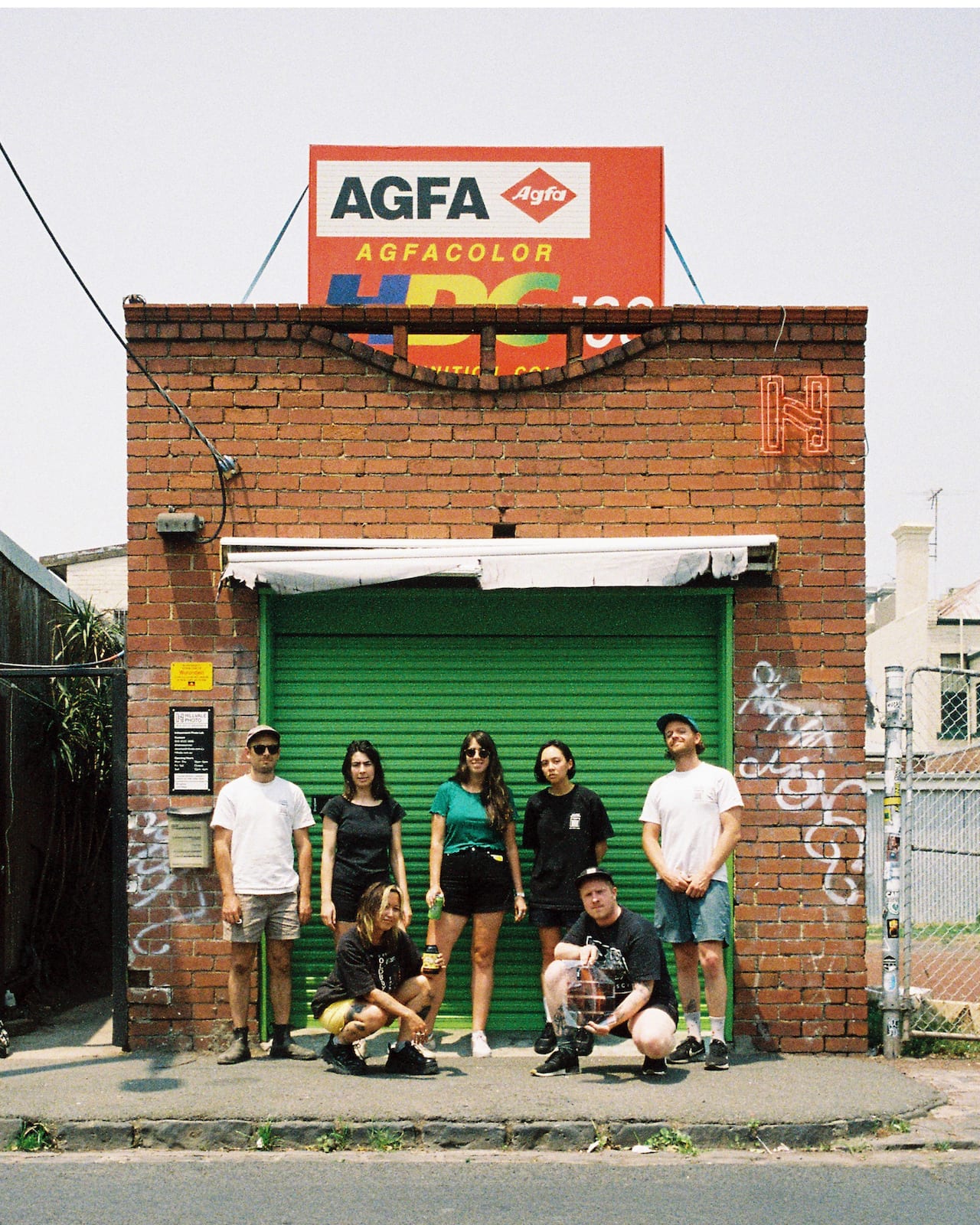
Asia-Pacific Photobook Archive
1 Mater Street, Collingwood, Victoria 3066
photobookarchive.com / @photobookarchive
Isabella Capezio and I established the Asia-Pacific Photobook Archive (APPA) in 2013 to engage with and acknowledge the broader community of photobooks and self-publishing in the Asia-Pacific region. It’s an area that is often ignored by the mainstream photography scenes of Europe and America. Since its conception, the archive has inhabited various guises and locations in Melbourne. Today, it currently numbers around 2000 books, mainly small-run and self-published, and is located in Le Space, a new gallery and studio run by photographer Ying Ang in Collingwood.
The archive is open to the public to browse books and to research. However, its central goal is to travel to events, institutions and festivals to share books from the Asia- Pacific region. In this way, the archive does not operate in the traditional sense. Instead, it lends collections of books to festivals and museums for exhibitions. To date, APPA has collaborated on and organised photobook exhibitions and events in Cambodia, Malaysia, Singapore, Japan, India, Taiwan, Indonesia, Philippines, New Zealand, Australia, Germany, Ireland, the UK, and the US.
APPA does not sell books – it only has one copy of each publication – but provides full links and details on its website so that sales can be encouraged directly with the photographer where possible. Its main goal is to encourage audiences to engage with books they would otherwise only see online. And thereby raise awareness of the thousands of photobook- makers operating across Asia.
Made in Melbourne
The beautiful portraiture of Anu Kumar.
The environmentally engaged work of Tom Goldner.
The video and still work of Emmaline Zanelli.

Perimeter Books
748 High Street, Thornbury. Victoria 3071
perimeterbooks.com
Perimeter Books is perhaps Melbourne’s most welcoming bookshop, with handmade wooden shelves and tables crammed with art and design books from around the world. The small and cosy shop, in the district of Thornbury, also plays host to a regular schedule of book launches, talks and small exhibitions.
The shop and its publishing arm, Perimeter Editions, were established in 2011 by Justine Ellis and Dan Rule. Perimeter stocks titles from international publishers and distributes them to other bookshops and galleries across the country. Meanwhile, the intensive publishing programme focuses on both local and international photographers and artists. Perimeter’s charm comes from the fact that the small team who run the shop are also the same people leading its publication arm, which means each visit reveals more leading lights in Australian photobook publishing. There’s always an array of people moving through the establishment, and many interesting conversations to be had.
“Perimeter Books was a means of opening a window to a generation and an attitude toward publishing practice that we didn’t feel was otherwise being represented in this part of the world,” reflects Rule. Perimeter Editions has changed the face of photobook publishing in Australia over the past decade, releasing notable titles, such as Hell’s Gates (co-published with Knowledge Edition) by Tim Coghlan, composed of a collection of internet-sourced images of burning churches; and the award-winning Second Sight by Sarah Walker, a smart and abstract exploration of spirituality and belief systems.
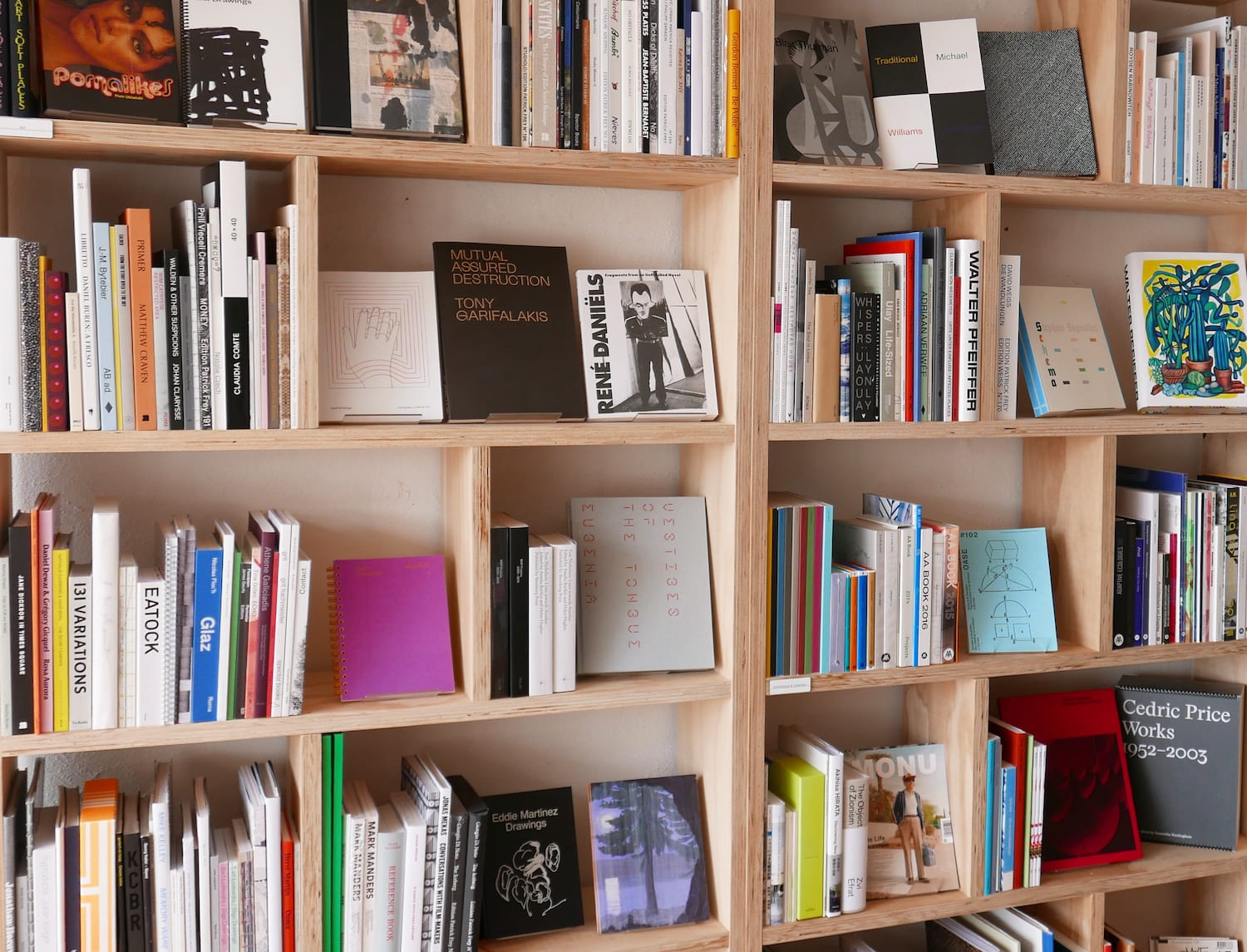
Ollie Hodgkins
Melbourne-based photographer
olliehodgkins.com
In 2018, Ollie Hodgkins began regularly visiting French Island in Western Port Bay, just a few hours from Melbourne. Here, he started photographing the island’s geography and its inhabitants. After working on the project for two years, Hodgkins produced a self-published photobook, The Moat, an award-winner at the Australian and New Zealand Photobook Award 2020.
French Island is unique: it has no police station or utility services and falls under no municipal jurisdiction. It is a place of quiet strangeness; bucolic idealism shielded from the Australian mainland. Hodgkins tells me, “The island is home to a small community of drifters and dreamers, those that live there possess a utilitarian pride, which masks an uncomfortable wariness of the island’s fragile autonomy.” The few communal facilities that do exist (a cricket ground, community hall, one general store and a network of dirt roads in-between) are paid for by, and maintained out of, community spirit.
Hodgkins’ photobook, completed during his studies at the Photography Studies College in Melbourne, speaks of the deep connections that exist as a product of the island’s history, and its cultural identity, rooted in a tension between the Australian landscape and the colonialist mindset.
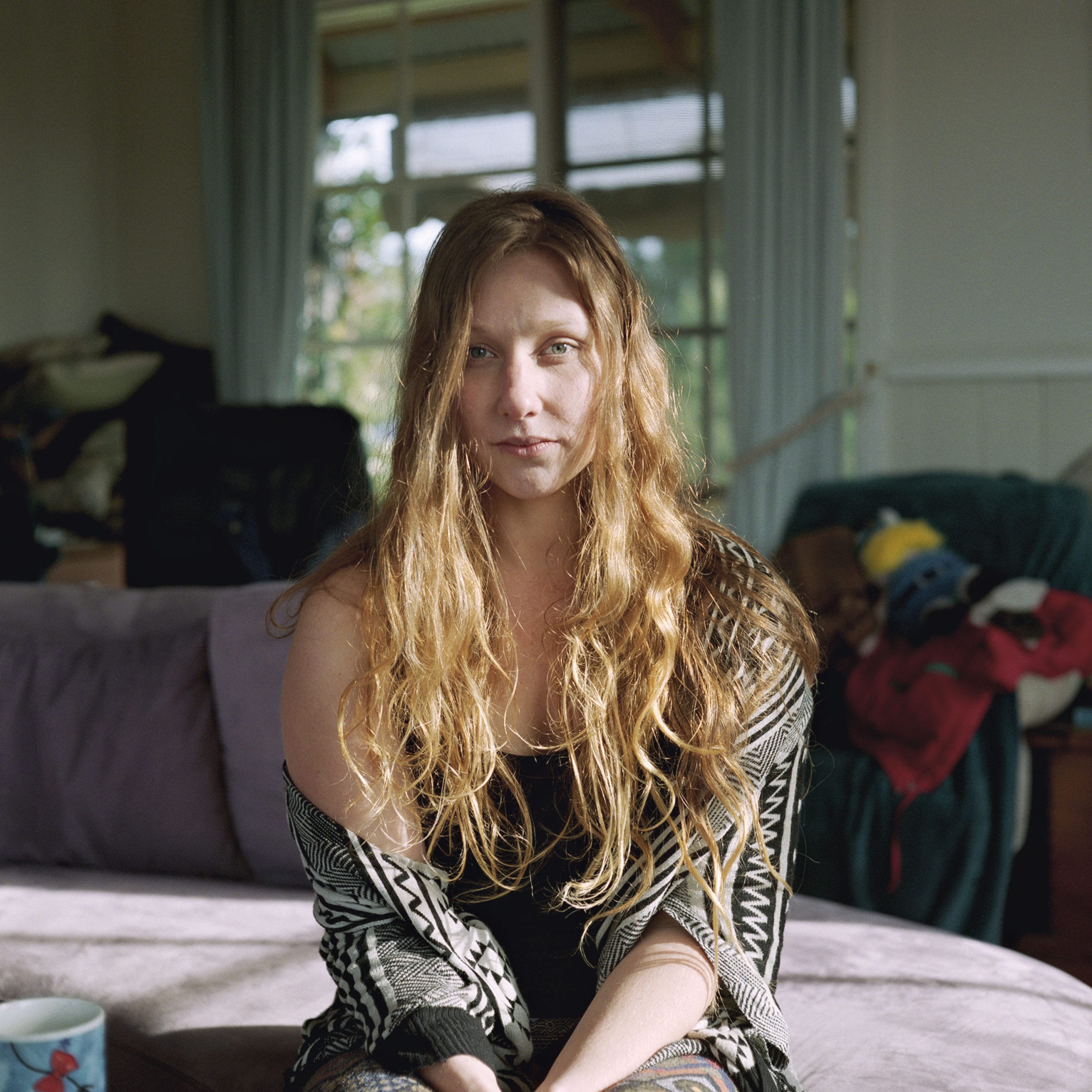
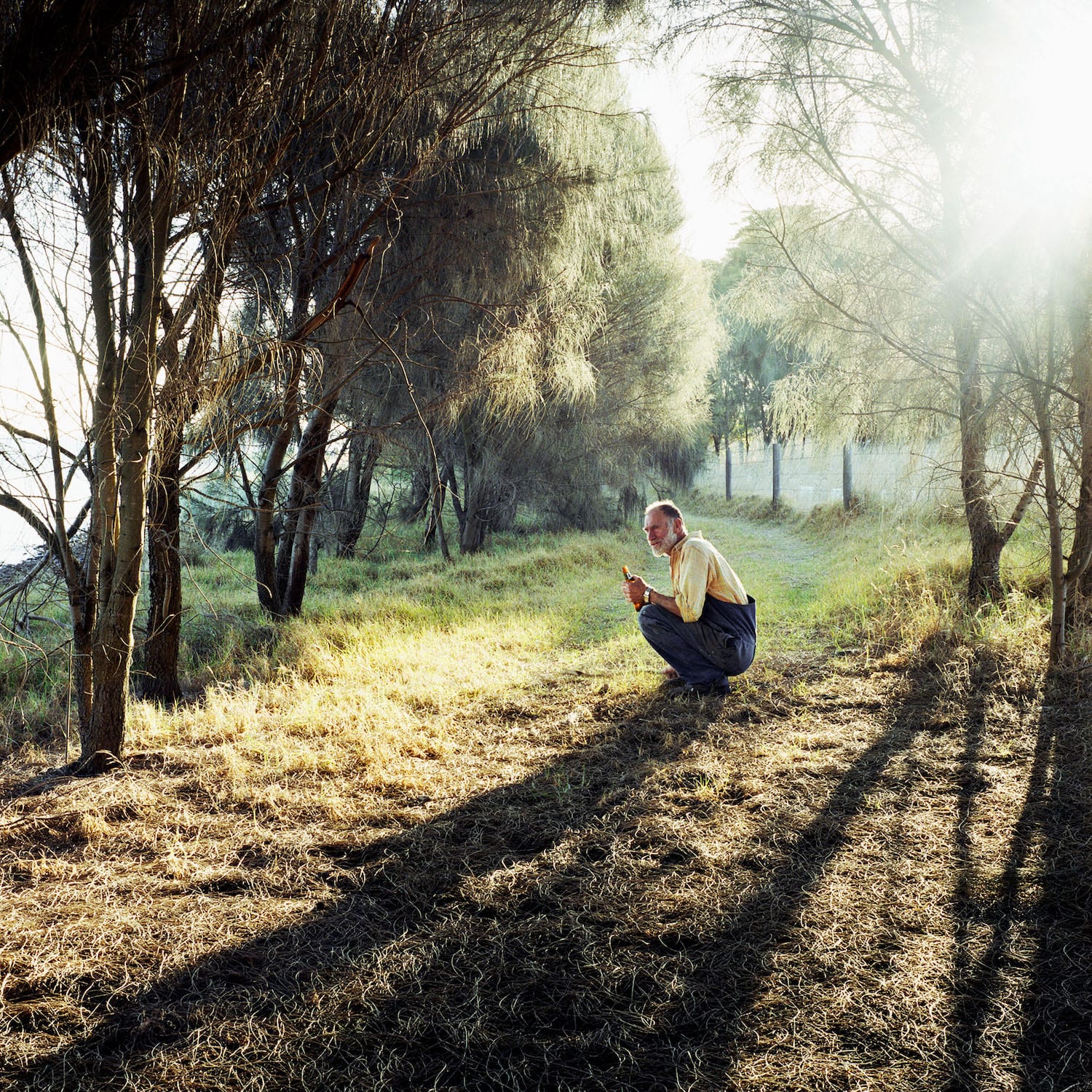
Centre for Contemporary Photography
404 George Street, Fitzroy, Victoria 3065
ccp.org.au
Nestled in the backstreets of the district of Fitzroy, between cottages and warehouse renovations, sits the Centre for Contemporary Photography. CCP opened as a community gallery in the 1980s when Fitzroy was less upmarket than it is today, and has since become central to Australian photographic discourse through its dynamic and responsive exhibitions and publishing programme.
Relocating to purpose-designed gallery facilities in 2005, CCP has maintained its community focus, holding an open call each year, alongside its curatorial programme. Despite the challenges of 2020, CCP presented exhibitions and projects by Tracey Moffatt, Miriam Charlie, Arini Byng, Cherine Fahd, and others.
The first part of 2021 sees it devote the entire space – all four galleries – to an under-recognised figure and one of the founders of CCP, Ruth Maddison: a leading feminist voice in the world of art and social documentary photography. Ruth Maddison: It was the best of times, it was the worst of times (which runs until 18 April 2021) will be the artist’s first major solo show in Australia and brings together key works from the 1970s and 80s, and a newly commissioned project for the Photo 2021 Festival.
